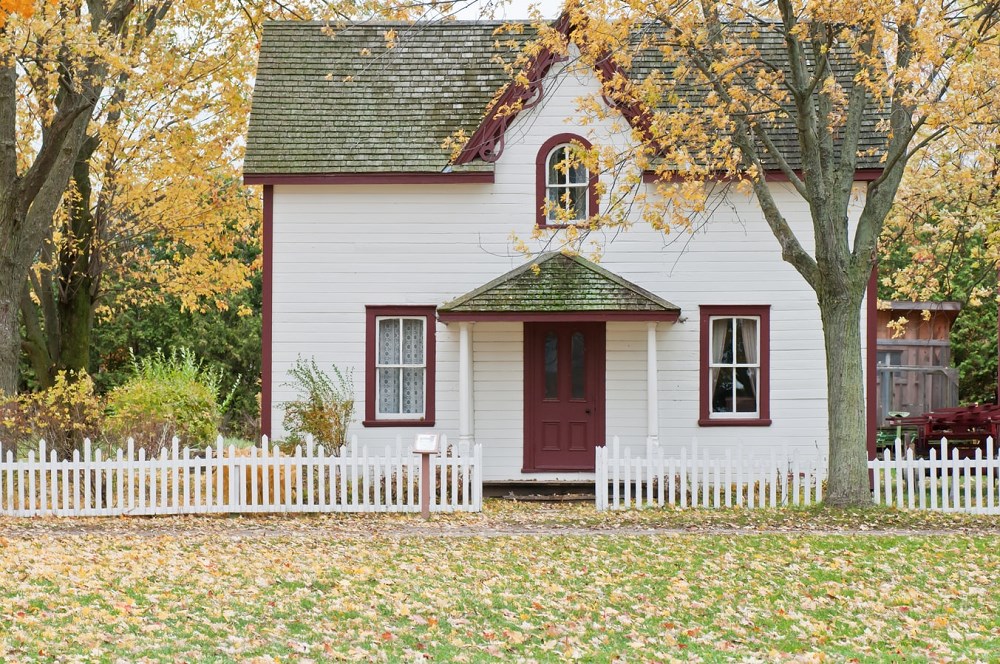
Months of pandemic-forced confinement have us yearning for more space. With rising home prices making it harder to buy a new home, Canadians are looking to optimize their existing space, by undertaking costly home renovation projects.
37% Canadians planned to undertake significant home improvements, a TD survey found. And many are funding this through their home equity, mostly via a home equity line of credit (HELOC), a type of revolving line of credit secured against the borrower’s property.
While HELOC borrowing has accelerated this year, the trend has been steadily growing over the past few years. As of August 2020, Canadians owed $305.17 billion in debt secured by home equity, including HELOCs, up from $303.41 billion in 2019, according to the Office of the Superintendent of Financial Institutions (OSFI) data. This has implications for household debt. Canadians are saddled with an average of $65,000 debt held in HELOC, per a 2019 study from the Financial Consumer Agency of Canada (FCAC).
A HELOC-funded home reno is an investment decision with long-term financial implications. Here are some things to consider before singing the dotted line -
First: The Good
When used responsibly, HELOCs can provide consumers various benefits including low interest rates, convenient access to funds and flexible repayment terms. “Because of the low interest rate, some consumers may use a HELOC to consolidate high-interest debt, finance home renovations, and purchase big-ticket items such as cars, rental properties, cottages, and financial assets,” says an FCAC spokesperson.
A HELOC can certainly be a feasible option to help pay for a home renovation if you don’t have enough savings, says Melanna Giannakis, a branch manager at Meridian Credit Union. “HELOCs provide flexibility and convenience as you can draw when you need to draw, and only pay interest on the used amount.”
HELOCs allows the ability to survive unexpected delays and overages. This flexibility, coupled with current low interest rates, make HELOCs an attractive option to fund home renos. “If the project expands, you already have access to additional credit if you maximize your initial application,” says Rona Birenbaum, founder and certified financial planner at Caring for Clients, a financial planning firm. “The cost of home maintenance is higher than most first-time home-buyers realize.”
Can you Afford it?
The FCAC urges consumers to consider a few things before they borrow against home: size of the loan, a monthly repayment plan that fits their budget, the ability to make payments if interest rate changes, and the penalty for missing a payment.
Giannakis argues major emergencies such as the coronavirus pandemic could be dangerous for home equity-based borrowing. “If you must tap your home equity, and are forced to sell, you might have to accept bigger losses than someone who could ride out a downturn,” she says.
Whether through a HELOC or other means, consumers must borrow responsibly. “Before taking on a HELOC or mortgage refinance, it’s important to make sure your household finances can support any additional debt, you can afford the monthly payments, and your income is secure,” says James Laird, co-founder of Ratehub.ca and president of CanWise Financial mortgage brokerage.
It’s a dilemma faced by many consumers. Some may choose to dip into their savings to pay for smaller changes to their property. However, most big-ticket projects -- such as finishing a basement or a kitchen upgrade -- often require taking on debt.
The current ultra-low interest rate environment also plays into the decision. “A general rule of the thumb to follow is, if your savings are yielding a high rate of return than your borrowings – keep your savings,” says Giannakis. Given that the average interest rate of a savings account is not even high enough to cover the cost of inflation, she notes “the home is a far greater investment than allowing [your savings] to sit there."
A HELOC isn’t a Second Mortgage
In the absence of a repayment plan, a HELOC could turn into a costly long-term debt.Establishing a budget when planning a renovation is key. “Without one, costs can easily add up and put you in a compromising financial position,” warns Giannakis, stressing the need for professional financial advice to “map out a plan and a budget that is realistic and within your means.”
Repayment terms on HELOCs are flexible as borrowers are permitted to make interest-only payments on their outstanding balance. However, paying just the interest portion doesn’t reduce the principal, leading to prolonged indebtedness. This could prevent borrowers from accumulating savings and could jeopardize their long-term financial security.
By paying their HELOC balance off quickly, homeowners can save on the interest accrued over time. “To pay off the balance in full, you will need to make extra payments as the minimum monthly payment charged is only equal to the interest on the amount you’ve withdrawn,” advises Laird.
Pitfalls of HELOC
Consumer looking to tap HELOCs should note that lenders can change the terms of the credit agreement.
Raising interest rates: A lender can raise the interest rate of the HELOC, providing consumers with at least 30 days notice.
Lowering the credit limit of the HELOC: A lender can lower the credit limit at their discretion. Typically, when a lender lowers the credit limit of a HELOC, the new limit is greater than the debt owing. For example, if a consumer owes $59,800, the lender may lower the limit to $60,000. However, it is possible that the lender could lower the limit below what the consumer currently owes. If this happens the consumer must immediately repay the amount in excess of the new limit.
Recalling the loan: HELOC is a credit agreement which typically contain language that permits the lender, under certain circumstances, to demand that the borrower pay the loan in full immediately.
What’s the ROI?
Home renovation projects come in all shapes and sizes. Some renovations could translate to improved home value while others are just cosmetic additions. “Most professionals in the real estate industry agree that the best ways to improve value and get the best return on investment are kitchen and bathroom renos and fresh paint,” says Giannakis. “This increases ‘curb appeal’ and presentation online, bumping up traffic into the house, increasing the number of offers you are going to get, which then will get you the most amount of money for the house.”
Other home improvements that boost value include hardwood flooring and a finished basement, which could also help generate rental income. Additions like a backyard swimming pool, a deck or landscaping tend to be value neutral. The demand for houses outfitted with these features is often dictated by personal tastes, which tends to limit the pool of prospective buyers.


















